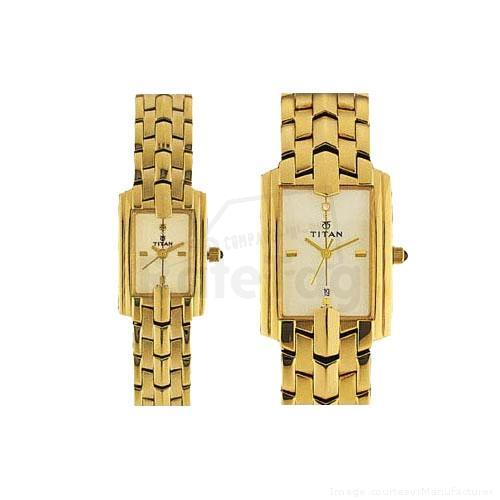The goal of promotion is to tell people about your business. Your promotional activities should help people to know the difference between what you are selling and what your competitors are offering.
Promotion involves a mix of activities. These include some form of advertising, signs, brochures, special events and word of mouth. Value-added and alternative agriculture enterprises depend very heavily on successful promotion of the enterprise’s products. A promotional strategy can take several forms. The strategy depends upon the target market, available budget and the products being sold. Various strategies are as follows:
- Advertising:
The purpose of advertising is to communicate your message to your target audience. Most marketing people will tell you that no one really understands how and why advertising works, but that when it “hits” the right target, it is extremely effective. Successful advertising centers around getting people’s attention and communicating a clear benefit. Examples of national food companies that have communicated a clear benefit in their advertising would be the orange juice company that says that its juice tastes as fresh as if it has “just come from the orange grove,” and the chicken grower/processor that tells consumers that it grows a better chicken.
These are clear, well-defined, easy-to-remember claims that stick in the consumers’ minds.
However, one drawback of advertising is that over time, it can become very expensive. In order to be remembered, prospective customers must see an ad many times. The experts now say that people must hear and see an ad at least seven times before they will act on it. This means that advertisers must pay for their ad to appear many more times than just those seven before it is likely that people will remember hearing and seeing the ad. One way to help defray the cost of advertising is for a group of producers, or a co-op, to run the ad. Then, the cost of the advertising is spread over all of the participating advertisers, and no one producer must bear the total cost. The drawback to this approach is that no one advertiser has the ability to stand out with the enterprise’s unique message.
- Signs, Brochures and Business Cards
Attractive and well-designed signs, brochures and business cards can be a cost-effective way to promote your business. Choosing a business name, logo and signature colors helps establish a brand identity for your enterprise, and distinguishes you from your competition. Signs should be neatly lettered and correctly spelled. Remember that size and color choice are important, because your want your sign to be visible and clearly readable from as far away as possible. Avoid cluttering your sign with unnecessary words or markings. Keep your message to the point, easy to understand and easy to read. Likewise, brochures should be well-designed, attractive and readable. Make sure that all of your words are spelled correctly, and that the choice of words are those that can be understood by people who may not know much about agriculture. Choose relevant and attractive pictures and graphic elements that enhance your message and help
communicate it. Make sure that your business cards contain all of the necessary information people need to understand what you offer and how to reach you. Because of its small size and the
way that many people often sift through a stack of business cards to find the one they are looking for, the business card has the ability – more than any other promotional tool – to keep your name in front of prospective customers.
- Special events
Special events, such as a farm day, pig pickin’ or holidayrelated event, offer good opportunities to promote your business and give customers a “hands-on” feel for your enterprise. Remember that the event itself must be promoted, and you must budget for the cost of that special promotion. Set a goal for the special event: an opportunity to increase sales; a way to gain more prospect names; a destination location event that promotes tourism to your farm. Make sure that every aspect of your event activities – from the brochures you design to the signs you create to the activities that you hold – move you toward achieving the goal you have established.
- Word of mouth
For most small value-added and alternative enterprises, word-of-mouth advertising is the most effective form of business promotion. The value of word-of-mouth promotion is that your enterprise is being recommended by someone who already has experience with you and your products. In effect, they are “pre-selling” your products to a potential customer. You can then take advantage of this good recommendation to confirm the recommender’s confidence in what you have to offer. One way to foster word-of-mouth referrals is to make certain that you are offering excellent customer service. A satisfied customer is the best promotional tool any



